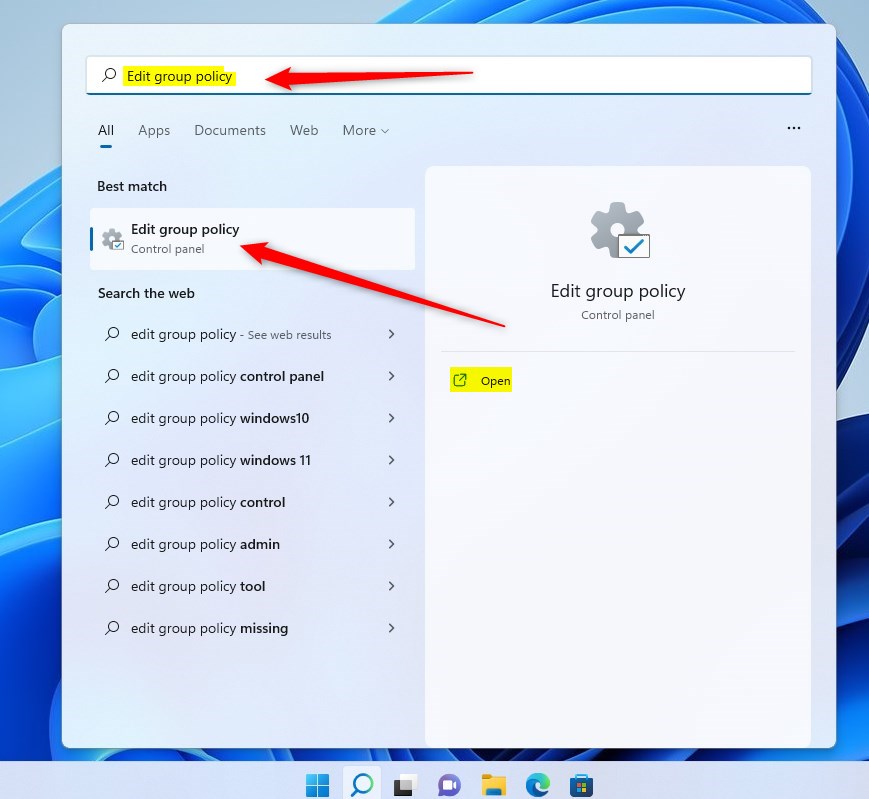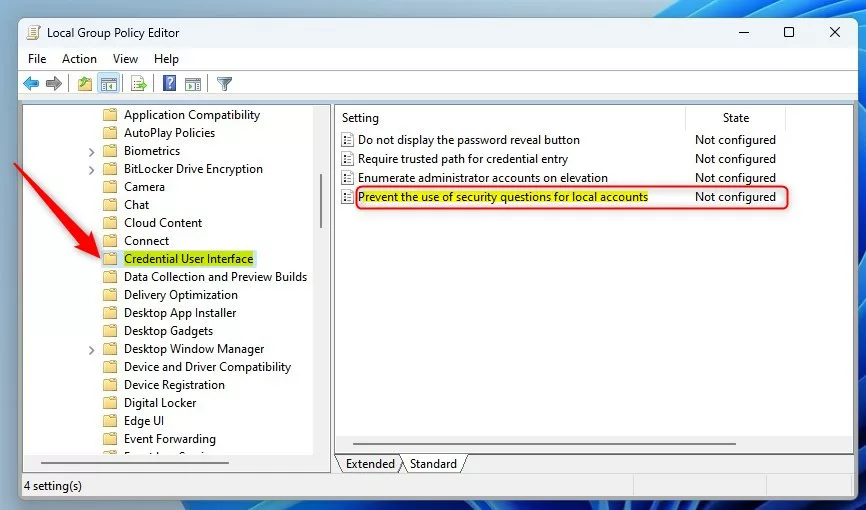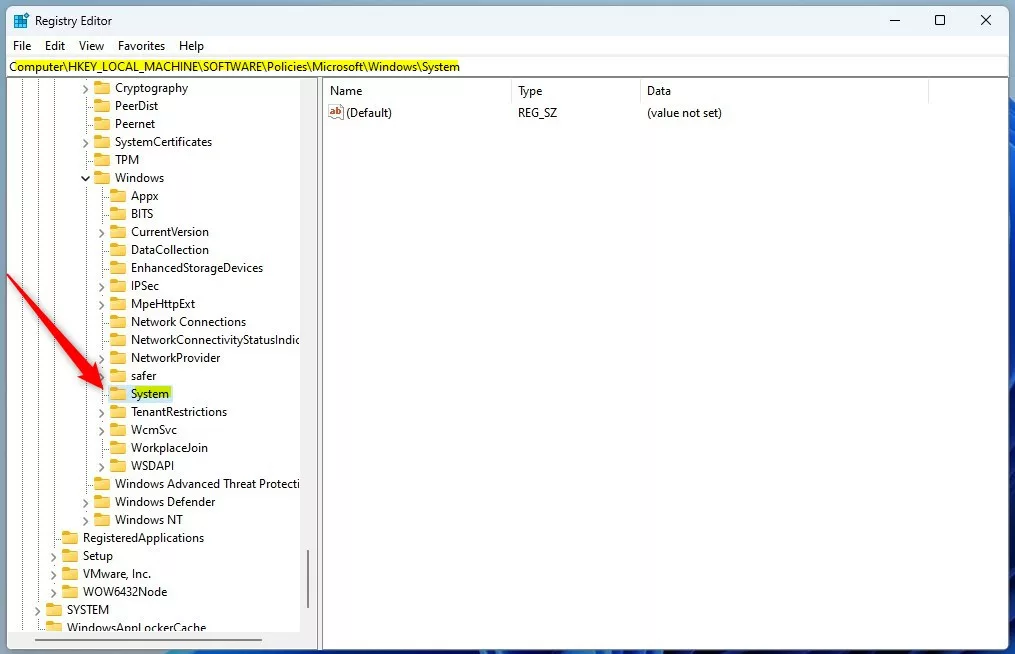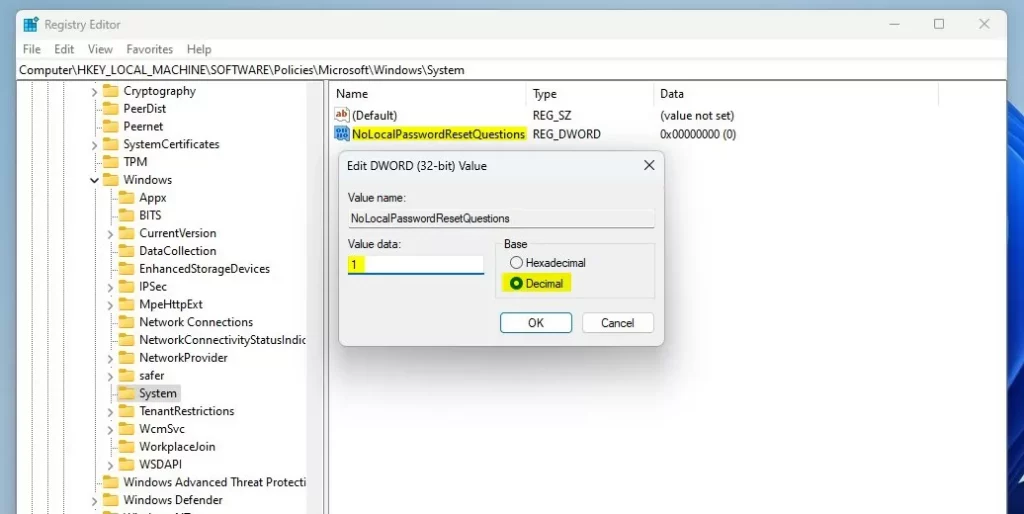This article explains the steps you can take to turn on or off the use of security questions for local accounts in Windows 11.
Windows makes setting up a local Home and Pro editions account difficult. However, if you manage to set one up, you will be required to answer three security questions, which will be used to help you reset your lost password.
Setting up security questions provides an extra layer of security and can help recover and restore your account.
If you choose to disable the security questions in Windows, local accounts cannot reset their passwords. Users will have to find other means to restore their accounts in Windows.
Turn on or off the security questions for local accounts in Windows 11
As described above, Windows forces users to answer security questions for local accounts when setting up. This adds a layer of security and can help users reset their passwords.
Here’s how to disable or enable the use of security questions.
First, open the Local Group Policy Editor.
Click on the Start menu button and search for “Edit group policy. “ Under Best match, select Edit group policy result.

In the left pane of Local Group Policy Editor, expand the tree:
Computer Configuration > Administrative Templates > Windows Components > Credential User Interface
Then, in the Credential User Interface details pane on the right, locate and double-click the setting “Prevent the use of security questions for location accounts. “

On the Prevent the use of security questions for location accounts window, set the option to Not Configure, Enabled, or Disabled.
- Not Configured (default)
- Enabled – Will disable the use of the security questions for local accounts.
- Disabled – Same as Not Configured – Windows forces users to use security questions for local accounts.

Save your changes, exit, and reboot.
Enable or disable the use of security questions for local accounts via the Windows Registry Editor.
If you can’t open the Local Group Policy Editor, use the Windows Registry editor instead.
Open the Windows Registry and navigate to the folder key path listed below.
HKEY_LOCAL_MACHINE\SOFTWARE\Policies\Microsoft\Windows\System
If you don’t see the System folder key, right-click on the Windows key, then create the subkey (System) folders.

Right-click on the System folder key’s right pane and select New -> DWORD (32-bit) Value. Type a new key named NoLocalPasswordResetQuestions.
Double-click the new value name (NoLocalPasswordResetQuestions) and enter the Value data of 1 to disable the use of security questions for local accounts.
A Value data of 0 or deleting the key will allow users to complete security questions for local accounts.

That should do it!
Conclusion:
- Enabling security questions adds an extra layer of protection for local Windows accounts
- Disabling security questions can prevent local accounts from resetting their passwords
- Users can choose to modify this setting through the Local Group Policy Editor or the Windows Registry Editor

Leave a Reply